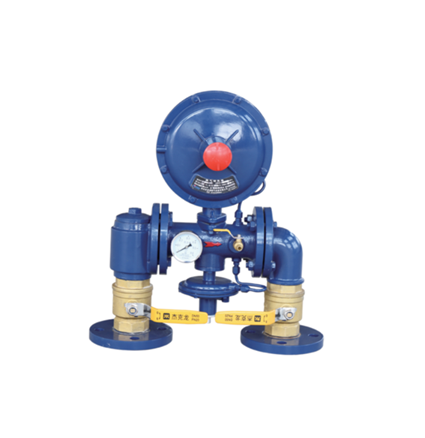
Nov . 20, 2024 12:58
Back to list
صمام التنفيس
Understanding the Relief Valve A Critical Component in Pressure Management Systems
In the realm of engineering and industrial applications, the relief valve, or صمام التنفيس, plays a crucial role in ensuring the safety and efficiency of various systems
. This device is engineered to prevent pressure buildup within vessels or pipelines, thus safeguarding against potential dangers such as explosions or equipment failures. Understanding the functionality, types, and significance of relief valves is essential for anyone involved in industrial operations.At its core, a relief valve is designed to open at a preset pressure level to allow excess fluid, whether gas or liquid, to escape from a system. This action effectively lowers the pressure, preventing catastrophic failures. Once the pressure drops to a safe level, the valve automatically closes, resuming normal operation. This automatic response is vital in environments where pressure fluctuations can occur rapidly and unpredictably.
Relief valves come in various types, each tailored for specific applications. The most common types include spring-loaded relief valves, vacuum relief valves, and pilot-operated relief valves. Spring-loaded relief valves are prevalent in many industries due to their simplicity and reliability. They consist of a spring mechanism that holds the valve closed until the pressure exceeds the set limit, at which point the valve opens. Vacuum relief valves, on the other hand, protect systems from vacuum conditions that can cause collapse. Pilot-operated relief valves utilize a smaller pilot valve to control the larger main valve, allowing for precise pressure regulation and greater efficiency, particularly in high-pressure applications.
صمام التنفيس

The importance of relief valves cannot be overstated. They serve as a last line of defense against overpressure scenarios, a common occurrence in various industries, including oil and gas, chemical manufacturing, and power generation. When pressure exceeds safe operating levels, the potential for equipment failure increases dramatically, leading to costly downtime and posing safety hazards to personnel. By incorporating reliable relief valves into their systems, industries can mitigate these risks and ensure compliance with safety regulations.
Regular maintenance and testing of relief valves are critical to their effective operation. Factors such as corrosion, wear, and debris accumulation can compromise their performance, leading to failures when they are most needed. Routine inspections and testing help ensure that these devices function correctly and meet the necessary standards set by regulatory bodies.
In conclusion, the relief valve, or صمام التنفيس, is an indispensable component in pressure management systems across various industries. With its ability to prevent overpressure conditions, it plays a vital role in ensuring safety, protecting equipment, and maintaining operational efficiency. Understanding its types, functions, and maintenance requirements is essential for engineers and operators alike. As industries continue to evolve and push the boundaries of technology, the significance of reliable safety devices like relief valves will only grow more critical, underscoring the need for ongoing education and awareness in this fundamental area of engineering.
Next:
Latest news
-
Safety Valve Spring-Loaded Design Overpressure ProtectionNewsJul.25,2025
-
Precision Voltage Regulator AC5 Accuracy Grade PerformanceNewsJul.25,2025
-
Natural Gas Pressure Regulating Skid Industrial Pipeline ApplicationsNewsJul.25,2025
-
Natural Gas Filter Stainless Steel Mesh Element DesignNewsJul.25,2025
-
Gas Pressure Regulator Valve Direct-Acting Spring-Loaded DesignNewsJul.25,2025
-
Decompression Equipment Multi-Stage Heat Exchange System DesignNewsJul.25,2025

